Best Robot Simulator Platforms in 2025 for Learning and Development Use
The advancement of robot simulators has made them indispensable for students, educators, and professionals who are keen on exploring robotics without the hefty cost of hardware. These platforms enable users to design, deploy, and fine-tune robotic systems in simulated settings that closely resemble real-world environments. Whether for educational purposes or professional prototyping, simulators provide an immersive and interactive way to teach robotics, proving to be both inspiring and effective. As STEM education grows and robotics development software advances, robust virtual testing robots are more crucial than ever. This article explores the most suitable simulator platforms in 2025, guiding users in choosing the best tools for their diverse needs in robotics development.
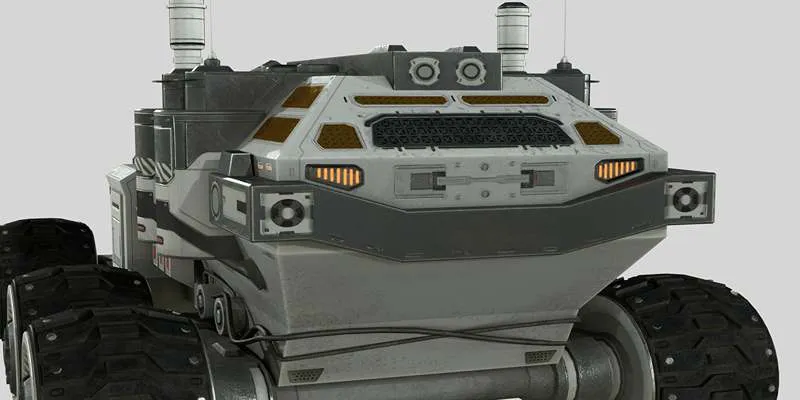
Professional Robot Simulators for Robotics Development
Gazebo – Open Source Robotics Simulation Powerhouse
Gazebo remains a popular open-source robot simulator, known for its realism and seamless integration with ROS (Robot Operating System). As a leader in robotics development software, Gazebo supports detailed physics simulation, 3D environments, and sensor data models. Developers utilize it to test algorithms and robotics designs for physical deployment, saving both time and costs. Its ability to accommodate a wide variety of robots and actuators makes it a highly flexible solution for research and industrial use. In 2025, Gazebo continues to be among the most versatile robot simulators in professional settings, supported by enhanced plugins and strong community support.
Webots – Versatile and Scalable Robot Programming Tool
Webots stands out as an excellent robot simulator for quick prototyping and educational applications. It’s compatible with a wide selection of robots, making it easy to develop custom robots. In 2025, Webots is notable for balancing complexity and accessibility for intermediate to advanced developers. It features realistic 3D environments and a robust physics engine to simulate movement, sensors, and camera-control functions. As a tool for robotics development, it is ideal for those needing precision in virtual testing, with flexible scripting available in languages such as C++, Python, and MATLAB.
V-REP/CoppeliaSim – Modular Simulation for Complex Robotics
CoppeliaSim, formerly known as V-REP, excels at simulating complex robotics environments with its modular architecture. It supports synchronous and asynchronous simulations, multithreading, and a wide range of plugin integrations. In 2025, CoppeliaSim is frequently used in academic and industrial settings where dynamic simulation of multiple robots is necessary. It allows users to test collaborative tasks, automation workflows, and robotic manipulation with minimal hardware investment. This makes it an essential virtual testing platform for projects demanding customization, extensibility, and real-time performance evaluation.
Educational Platforms for Learning Robotics Virtually
Tinkercad Circuits + Arduino Sim
Tinkercad Circuits, paired with Arduino simulation, is a beginner-friendly platform for learning basic electronics and robotics programming. Widely used in classrooms, it allows learners to simulate simple robot behaviors such as line-following or obstacle detection. With its drag-and-drop interface and built-in code editor, it serves as an intuitive starting point for STEM students. Though not as powerful as full-scale robot simulators, it introduces core robotics development software concepts in a safe and approachable format. Tinkercad is perfect for foundational learning and project-based education in 2025.
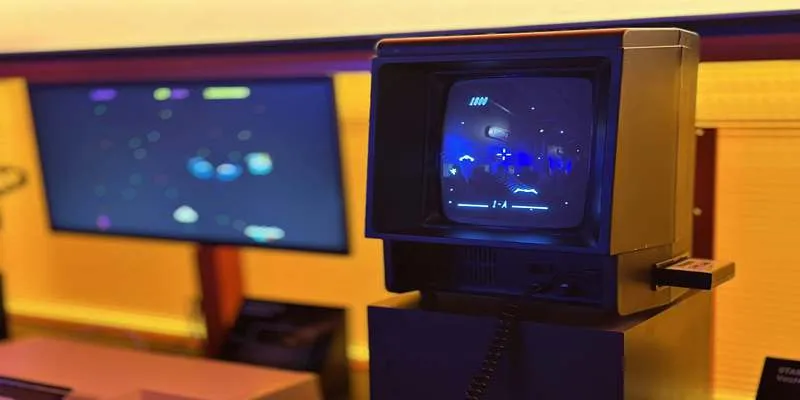
Robot Virtual Worlds – Gamified STEM Environment
Robot Virtual Worlds offers a gamified approach to robotics education using virtual robots in simulated game-like environments. Designed to work alongside the ROBOTC programming language, it assists students in transitioning from coding to applied robot behavior. The platform boosts engagement by providing missions, challenges, and feedback mechanisms. It is especially effective in classrooms where physical robot kits are unavailable. As a virtual testing environment, it bridges the gap between theory and hands-on skills while reinforcing problem-solving and algorithmic thinking among K-12 and early college students.
RoboSim – Beginner-Friendly Interface for Education
RoboSim is gaining popularity in 2025 as an accessible robotics development software tailored for high school and early college learners. It offers a simplified interface where users can code and test robots through logical blocks or basic scripting. RoboSim focuses on teaching fundamental robotics concepts such as sensors, motors, and navigation. It also includes tutorials and real-time feedback to guide learners. Though it lacks the depth of platforms like Webots, RoboSim is well-suited for introducing robot simulators in tech literacy programs, especially for young learners exploring engineering and AI for the first time.
Factors to Consider When Choosing a Robot Simulator
Hardware Compatibility and Sensor Simulation
When selecting robot simulators, hardware compatibility is a crucial factor, particularly for users planning to transition from virtual to physical robotics. A good robotics development software should support common sensors like LiDAR, ultrasonic, IR, and encoders. Accurate sensor simulation ensures the virtual robot behaves similarly to real-world hardware. Compatibility with popular platforms such as Raspberry Pi or Arduino can also expand possibilities. Simulators that mirror the behavior of actual robotics kits provide a more effective learning and prototyping experience. In 2025, many leading platforms continue to enhance this integration, making hardware transition smoother and more reliable.
Customization, Scripting, and Realism
The ability to customize robots, environments, and behavior scripts is vital for advanced users and researchers. Robot simulators that offer scripting in multiple languages, like Python or C++, are favored in academic and professional development. Realism in simulation—including physics accuracy, object collision detection, and visual rendering—greatly affects the quality of virtual testing robots. For complex projects, these attributes are essential. Developers should assess whether the simulator allows importing 3D models, adjusting environment parameters, and integrating with AI or ML frameworks. Such customization is a hallmark of robust robotics development software in 2025.
Conclusion
Robot simulators are revolutionizing how we learn, build, and test robotic systems. From robust platforms like Gazebo and Webots to educational tools like Tinkercad and RoboSim, each software addresses unique user needs in 2025. Whether you’re a student beginning your robotics journey or a developer fine-tuning industrial robots, virtual environments offer efficient and scalable solutions. Choosing the right robotics development software depends on goals, complexity, and desired realism. With powerful virtual testing robots now widely accessible, innovation in robotics has never been more achievable—especially when supported by the right simulator platform.
Related Articles

Best Software Download Sites You Can Trust in 2025

Top Movie Making Tools for New Creators and Experienced Editors

Discover the Best Free and Paid 3D Video Makers for Windows
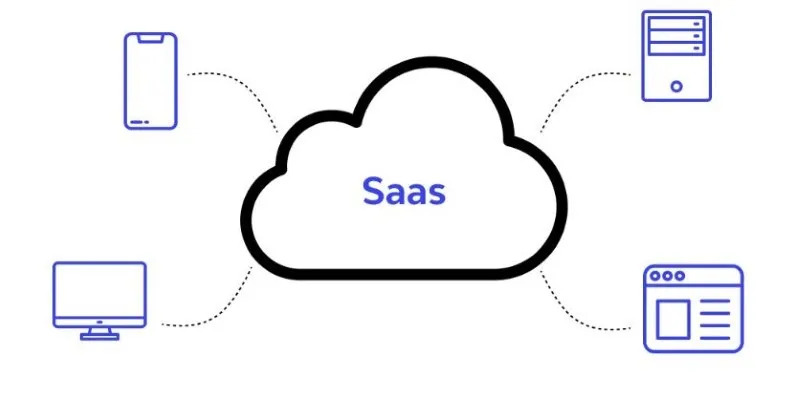
The SaaS Model: How Software Became a Service

Discover the Best Free and Paid 3D Video Makers for Windows

Enhance Your Workflow with the Best Agile Project Management Software of 2025
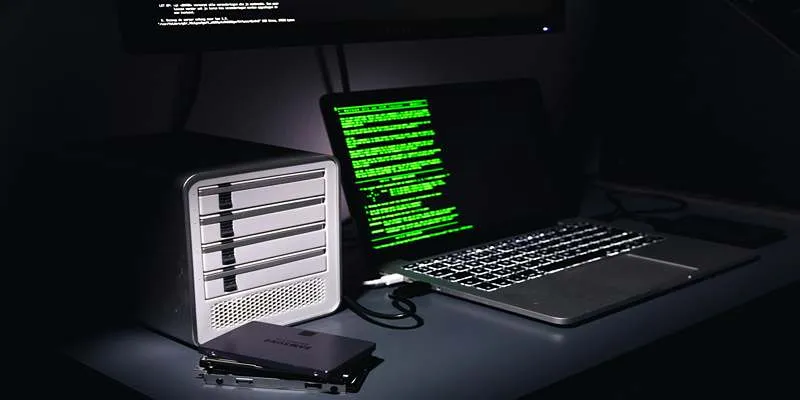
Top Antivirus Tools for Reliable Protection in 2025

Top Tools for User Story Mapping in Agile Workflows
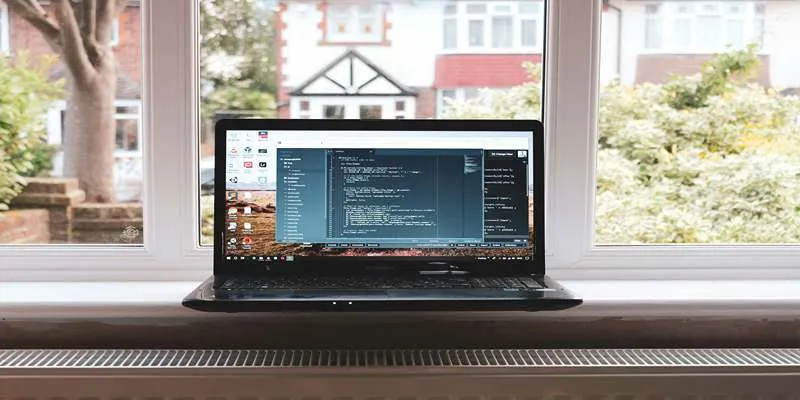
Top Tools for Playing Windows Games on Linux 2025

Top Client Onboarding Tools for Online Businesses in 2025
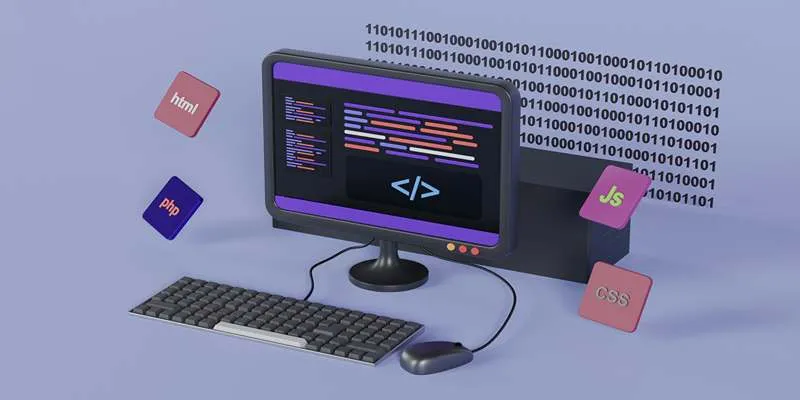
Best PIM Software for Managing Product Information
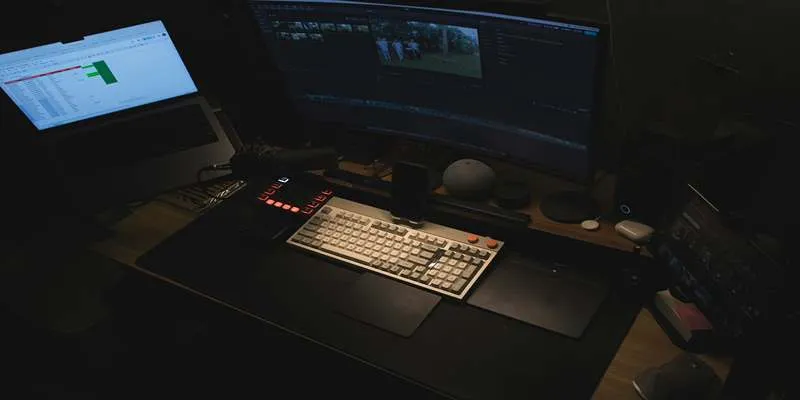
Best Animation Software for Creative Work in 2025
Popular Articles

8 Best To-Do List Apps for Mac in 2025

Microsoft Debuts Native Copilot App to Replace Old Web Wrapper

Convert Video to Audio in Seconds: 8 Fast and Simple Methods
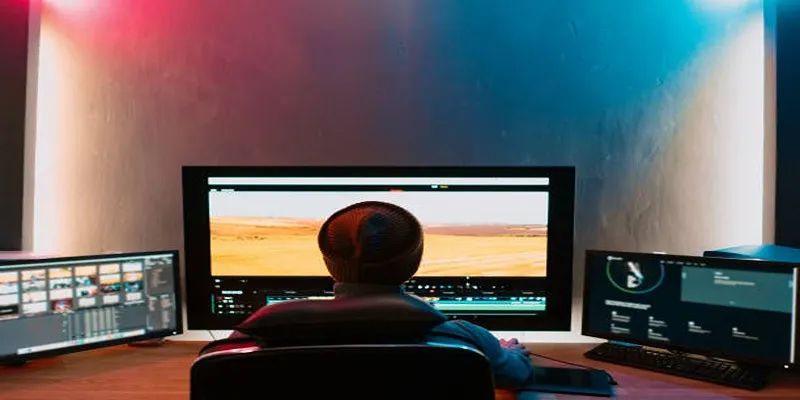
ARF Files Explained: A Guide to Using an ARF Player

8 FLV Recorders That Help You Save Streaming Videos

Mastering iMovie: Quick, Clean Video Editing for Every Apple Device

A Comprehensive Guide to Creating a Sticky Floating Sidebar Widget in WordPress

1Password Adds Nearby Items Feature for Location-Based Passwords
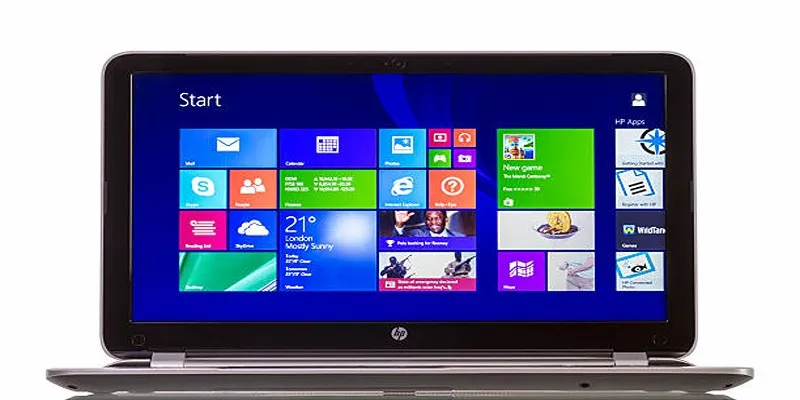
3 Simple Methods to Capture Your Screen on an HP Laptop

Improve Your Virtual Communication: 5 Free Video Chat Tools to Use

The 8 Best Event Management Software Platforms to Simplify Your Planning

 mww2
mww2